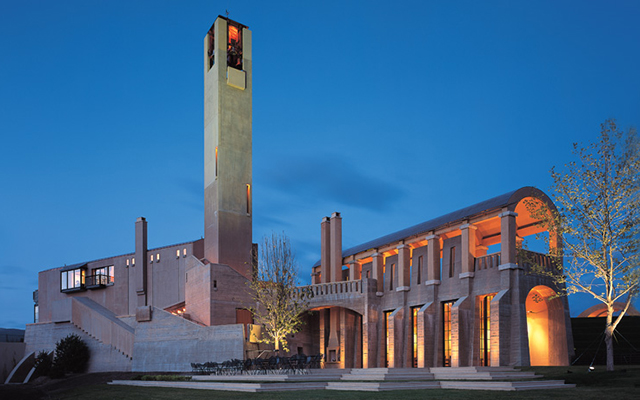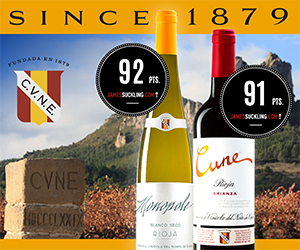“Oculus is the fulfillment of years of relentless toil to realize a Bordeaux-style wine that could stand next to the best anywhere. We took desert land, great chances and bold investment, including bringing aboard world-renowned Bordeaux winemaking consultant Michel Rolland some 12 years ago. Oculus is a rare treasure and something our family is enormously proud of” – Anthony von Mandl.
The pinnacle or flagship red at Mission Hill Family Estate Winery is Oculus, a wine whose idea was conceived almost 20 years ago. The first vintage released to the public was the 1997, using purchased grapes from the Oliver and Osoyoos areas of the south Okanagan.
I attended a recent British Columbia Wine Appreciation Society tasting featuring a 12 vertical of Oculus, combining vintages from the club’s cellar along with bottles from the winery. The lineup included the 1999, followed by the 2002 through 2012. All the wines are virtually sold out except for the not-yet released 2011 and the 2012. They will will be out this year while the 2012 will spend another year in bottle.
Oculus takes its name from the Latin for eye. In the world of architecture an oculus refers to the round opening at the top of a dome. If you have the opportunity to visit Mission Hill, look for the oculus that funnels daylight into the showplace underground barrel cellar along the southwest side of the main building.
It’s not easy to launch a New World wine you think should rank among the best in the world — which is certainly the stated goal at Mission Hill with Oculus — but as time passes, it becomes easier to assess the wine and with nearly two decades under its belt, Oculus is settling into its role. The winery thinks it is getting there, judging by its current price. After starting out in the $30 range, the price jumped to $70 in 2004 and hit $100 in 2010. Expect that to rise with subsequent vintages.
Having tasted this wine every year since its inception, there were no big surprises. Oculus has been on a gradual but steady climb in quality, particularly in the last decade. The work on tannins, texture and flavour are paying off, as is supreme attention to detail. Some of the improvement can be credited to viticulture and the hardworking James Hopper, who is behind the type of tannins that, while rich and dense, are so much rounder today. The 1999 was a classic example of how hard tannins can be when you are not managing them, while in contrast the 2012 is as precocious an Oculus as we have tasted prior to release.
The tannins are buried in a seamless mix of fruit and acidity.
The first Oculus in 1997 was made with purchased grapes; the last decade it’s been all estate fruit and the growing majority is now coming out of the Osoyoos district with increasingly less coming off Black Sage Bench. In the last few years the petit verdot has been dropped from the blend but not intentionally. It just hasn’t made the cut on the bench after intense blending exercises involving winemaker John Simes, and French consultants Michel Rolland and Pascal Chatonnet.
A quick summation of the vertical tasting is: 2006, ’07, ’08 and ’09 were my favourites; the ’06 is in its wheelhouse years and looking a touch Californian. The 2009, my favourite on the night, is a stylish, more Euro (Bolgheri, Italy) version. Speaking of stylish structure, ’10, ’11 and especially the 2012 are impressive.
If there is one niggling question, not necessarily specific to Oculus. Why are any flagship wines made in less-than-perfect vintages, especially in a marginal, cool climate region such as the Okanagan Valley? Skipping the tough years would bolster the image of every so-called icon wine and more important, that juice would improve the lesser reds made in tough years. The price demands it.

 quicksearch
quicksearch



